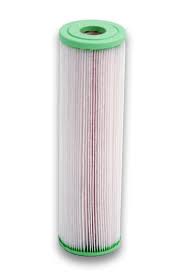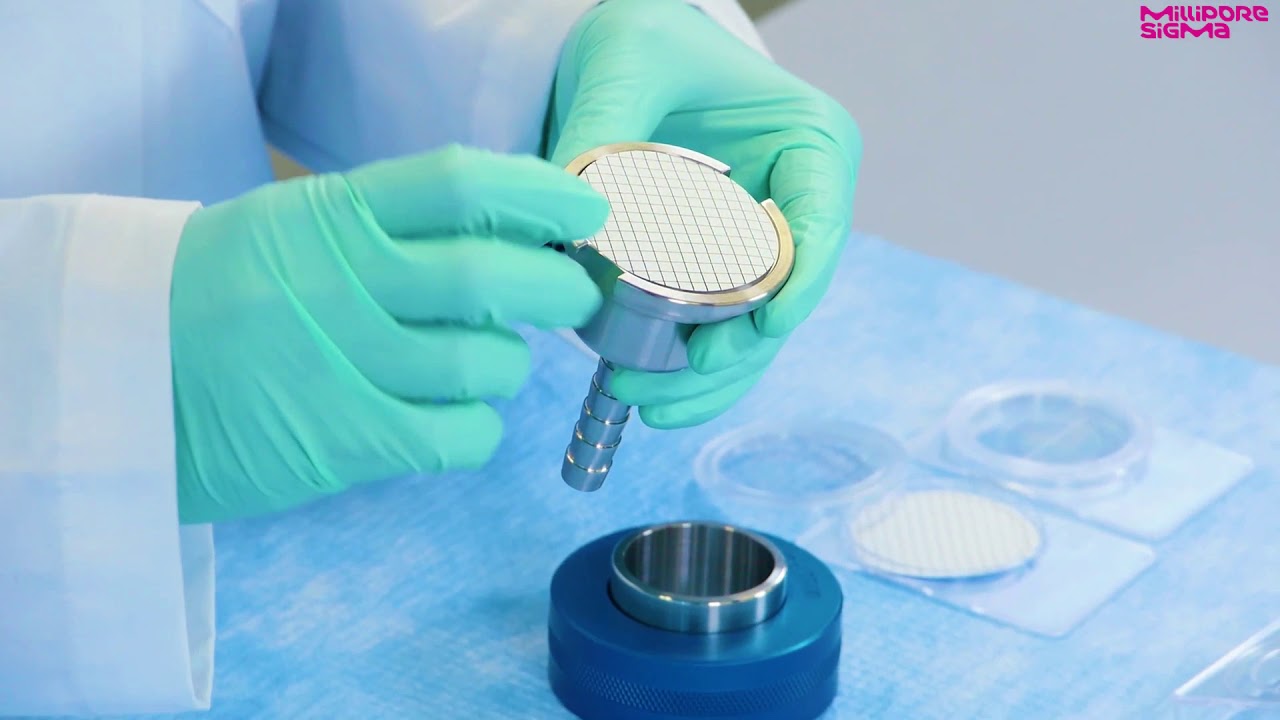 A Millipore filter, manufactured by the company Millipore, is a filter with multiple uses. The most common use of these filters is in the laboratories for testing purposes. On the other hand, it is also used during manufacturing processes in the filtration steps. Thin membranes or syringe filters are a perfect example of Millipore filters. You can also find these filters in housings that resemble the shape of a capsule. These filters can be non-sterile or sterile.
A Millipore filter, manufactured by the company Millipore, is a filter with multiple uses. The most common use of these filters is in the laboratories for testing purposes. On the other hand, it is also used during manufacturing processes in the filtration steps. Thin membranes or syringe filters are a perfect example of Millipore filters. You can also find these filters in housings that resemble the shape of a capsule. These filters can be non-sterile or sterile.
In this guide, we will explain a Millipore filter, what it does, and other relevant information that you need to know. Therefore, it should develop a better understanding of these filters.
Millipore filters serve different purposes in different application areas. Here are the different uses of these filters:
They remove undesirable liquid particles or concentrate desired specific liquid particles. Such particles may be organic matters, such as bacteria, or inorganic matters, such as dust. This is the basic use of these filters. There are also some advanced uses of these filters apart from the filtration of particles from the liquid.
Moreover, the Millipore filter also has uses other than manufacturing processing. Chemistry and microbiology labs also use these filters for testing purposes. Generally, lab analysts use these filters in the microbiology labs in a small membrane shape for sample testing. Here, you should know that these membranes are usually sterile and you can use them only once. Lab analysts place them in specific equipment, like filter funnels. They remove them from filter funnels once the liquid water is drawn through completely and tested.
Clogging of equipment is a common issue during taking chemistry samples. A syringe filter is a perfect solution to avoid this clogging. A centrifugal filter is filled with genetic material or protein. They then go through centrifugation for spinning the sample into the pores.
Another common use of these filters is air sampling. These filters also help in taking air samples with a diameter range from 13mm, or 0.5”, to 293mm. The manufacturing materials of these filters are polyethersulfone or nitrocellulose. The pore size varies with the type, which inhibits specific size particles from passing through the Millipore filter.
The range of pore size goes from 0.2µm to 12µm. A 0.45µm size pore can catch bacteria, while smaller size pores are perfect for taking samples in chemistry labs. A large size pore is considered perfect for use in manufacturing steps where it is not necessary to separate microbes and liquid.
Water is a filterable liquid and it is used in product manufacturing as well as in several laboratory tests. If it is a liquid material that you need to mix up to manufacture a product, you may also need filtration. It is also a possibility that you may have to get your finished product through a purification process. There is also a possibility of analytical samples being as a liquid or you can mix them in liquid.
Another common Millipore filter use is in the shape of a cartridge or a capsule. It is a housing that covers the membrane inside. The filter is not necessarily sterile. However, it can be rigid enough for surviving the sterilization process, if required, in the autoclave. You can use them to minimize liquid contamination or for liquid sterilization. They play an essential role in the filtration of products and raw materials in the manufacturing process.
Millipore filters produce various device formats, including small-scale screening equipment, stacked-disc filters, cartridges, disposable Pods and capsules, and UF or MF cassettes. Such devices are necessary for full-scale and pilot production and process development. Formats of the filter vary according to the media/membrane type. Filtration media of pleated filters come in various formats. Therefore, you can easily match the most appropriate filtration solution according to your process scale and needs.
When deciding about your Millipore filter option, the essential considerations are batch size, lead time, sterilization philosophy, validation effort, labor, and economics, etc. All these factors play a key role, so you must evaluate them.
When the process needs various sequence-wise filtration steps, it becomes vital to evaluate multi-layer and single options. Single-layer multiple-stage filtration processes are optimized through testing and making adjustments at every single stage. This approach ensures a highly economical process. Single-layer filtration requires small-scale testing, labor, validation, and hardware for the optimized process.
The most common use of a multiple-layer filter is the compression of the single-layer filtration at multiple stages into one element. Using multiple layers with filters decreases the development time and needs less floor space, labor, and hardware. Moreover, it assures an economical and robust process.
These filters are common for large-scale processes that need lower operating costs of the unit and/or more area of filtration. You can use a cartridge Millipore filter in combination with stainless-steel housings. They can safely resist various steam-in-place cycles. These filters are reliable, strong, and robust. You can choose from several connections according to your housing and application requirements.
Apart from the above-discussed filters, there are many other options available that you can choose from as per your requirements. Those choices include charged depth filters, including Millistak + Mini Small-scale disposable capsules, Opticap disposable capsule filters, stacked lenticular disc filters, and the Millistak + Pod, etc. If you are not sure which options you should choose, you can ask for professional advice.

A Millipore filter is a reliable technology to remove unnecessary liquid particles or to concentrate specific liquid particles. Such particles include bacteria and dust, etc. The most common use of these filters is seen in manufacturing processing, but they are also used in chemistry and microbiology lab testing. There are different types of filters available for different applications. To choose the most suitable Millipore filter for your application, you need to follow all factors we discussed in this article.
You can Contact Us for more information about Millipore filters and their uses in different applications.
